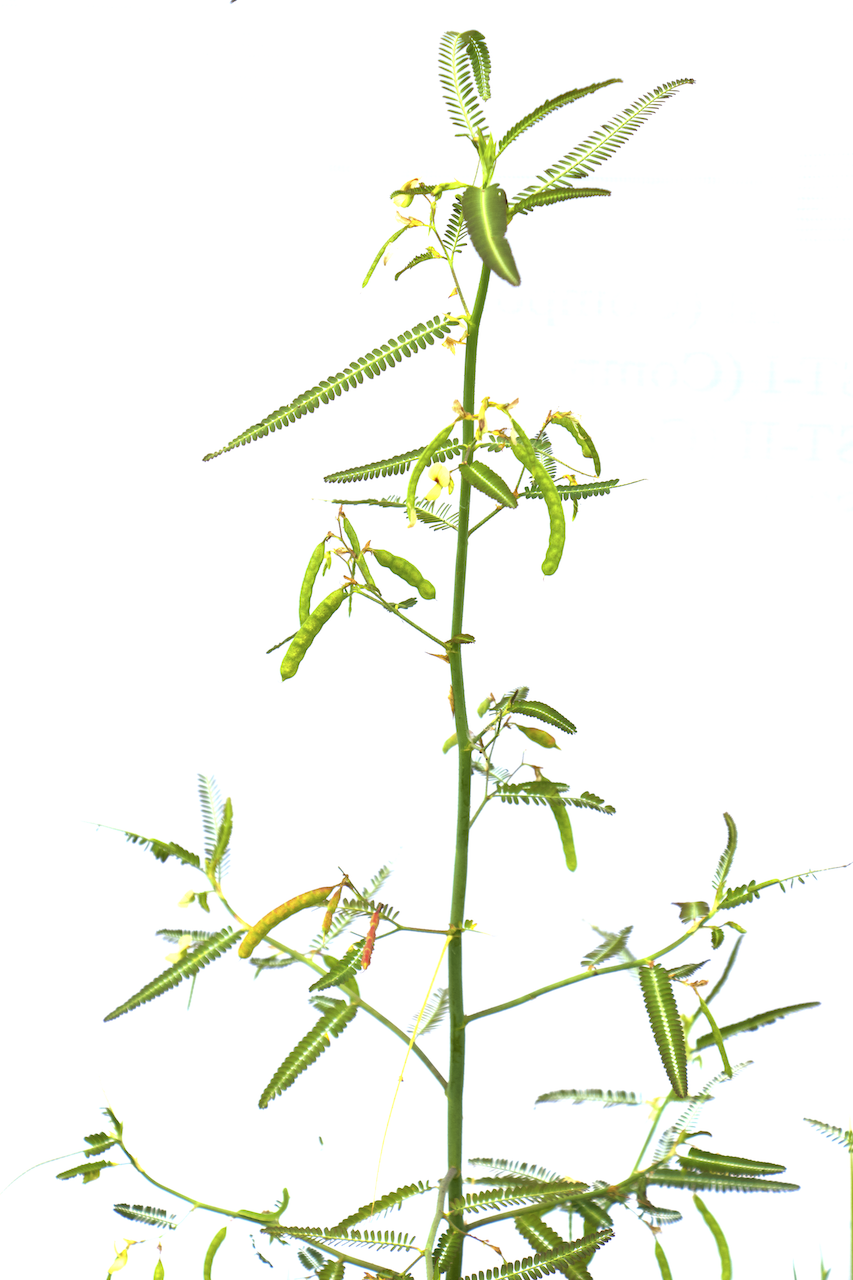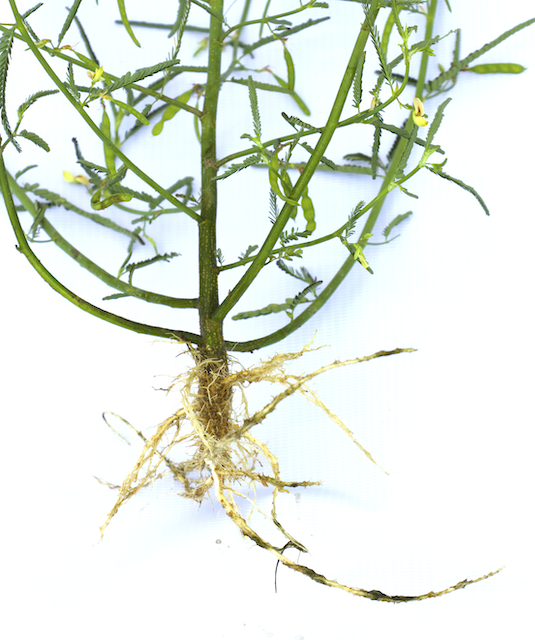

Identification Notes



EPPO CodeAESAS |
Life Cycle- |
MorphologyPerennial shrub, up to 3 m tall. Stem glabrous, soft, pith white spongy. Leaf sessile or subsessile, leaflets 61-101, alternate or opposite, 3-13 mm long, 1.5-3 mm broad, linear, oblong, obtuse, apiculate, glabrous. Stipules 1.2-1.3 cm long, lanceolate, base auriculate; deciduous. Inflorescence a 2-7-flowered, axillary raceme. Peduncle and pedicel hairy. Bracts 3-3.5 mm long. Calyx 9-10 mm long, hispid, bilabiate, upper lip rounded, the lower 3 lobed. Corolla 18-19 mm. Vexillum glabrous, keel pubescent externally. Fruit 5-7.5 cm long, 6-10 mm broad, 4-8 jointed, often indented on both sutures, echinulate on both surfaces. |
Growing seasonJanuary - December |
Germination period- |
Flowering periodJuly to November |
PropagationBy seeds and stem |
HabitatMargins of wetlands, such as lagoons, tanks and lakes as well as in swampy grassland; at elevations up to 1,300 metres |
Weed potential- |
Control measureCultural control : Control by hands. Biological control : Bacterial wilt is reported to affect biomass production in some areas. The leaf-eating larvae of the Lepidopterous species Eurema lecabe can became a problem when A. aspera is grown in the short-day season. |
Recommended herbicide- |
DistributionA. aspera is believed to have originated in sub-Saharan Africa between Senegal and Sudan. It is widely distributed in the lowlands of western, central, north-eastern and southern Africa. In 1986 it was introduced into the Philippines and since then has been grown experimentally across South and South-Earth Asia. |
Medicinal propertiesYoung leaves and blooms are eaten in salad and applied topically as a poultice in traditional Cambodian medicine. During labor, the crushed young stalk and leaves are consumed orally as an anti-haemorrhagic. It has only recently been recognized that A. aspera may be used as a quick-growing nitrogen source for wet rice fields. It has been extensively utilized as a pre-rice green mature crop on experimental stations and in extension demonstration trials since the late 1980s. Farmers in South Earth Asia have so far only sporadically used it. |
References- |